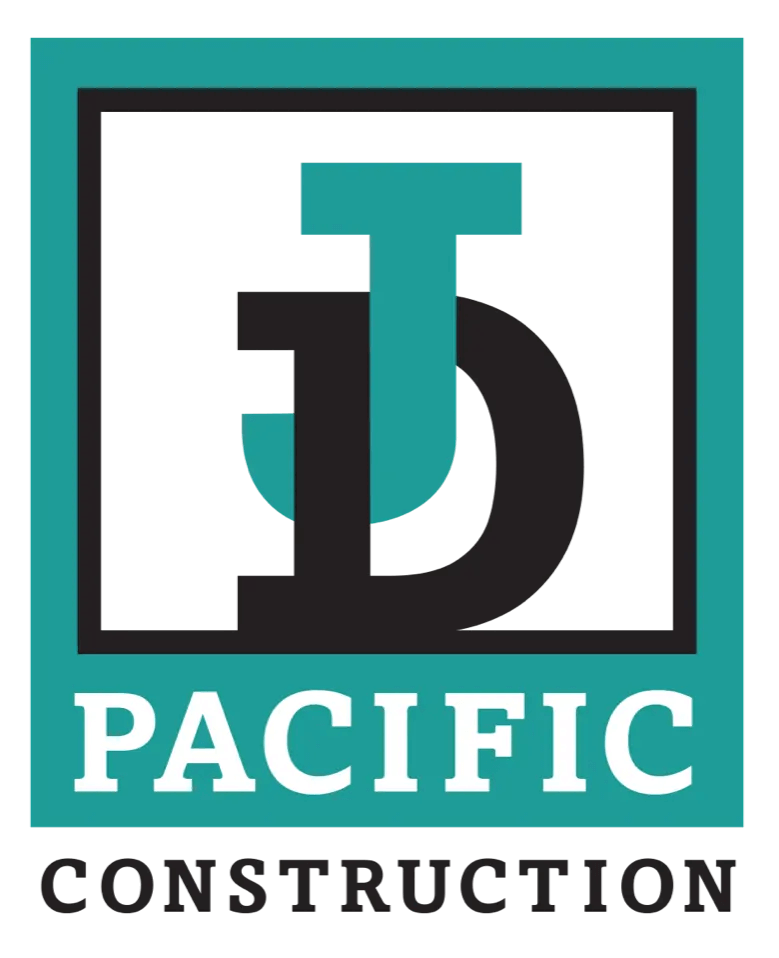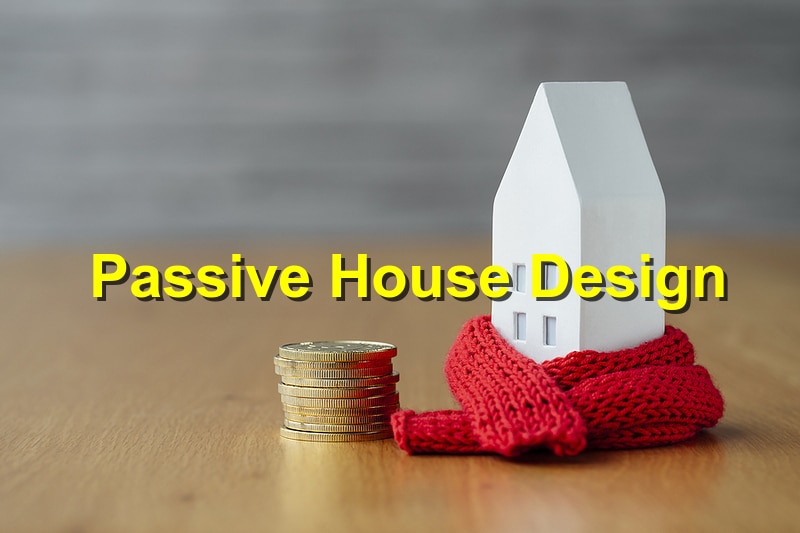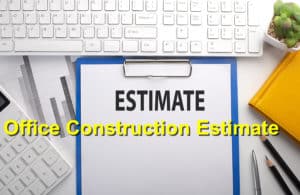Modern construction is undergoing a significant transformation, driven by a growing emphasis on energy efficiency, sustainability, and occupant comfort. One design concept that has gained prominence is the Passive House, a construction standard that prioritizes these aspects. Here, we delve into the role of Passive House design in modern construction.
What Is a Passive House?
A Passive House, often referred to as a Passivhaus in Europe, is a construction standard that focuses on creating ultra-energy-efficient buildings. The term “passive” refers to the minimal energy required to maintain a comfortable indoor environment. Key principles include exceptional insulation, airtightness, high-performance windows, mechanical ventilation, and thermal bridge elimination.
Energy Efficiency: The Core Focus
At the heart of Passive House design is energy efficiency. These buildings are designed to require minimal energy for heating and cooling. Exceptional insulation, combined with airtight construction, helps maintain a stable indoor temperature. This reduces the need for active heating or cooling systems, leading to significant energy savings and a smaller carbon footprint.
Superior Insulation
Passive House design mandates thick, continuous insulation throughout the building envelope. High-quality insulation minimizes heat transfer, keeping the indoor temperature comfortable year-round. Insulation materials can include expanded polystyrene, mineral wool, or natural materials like straw bales.
Airtight Construction
Passive Houses are constructed with an emphasis on airtightness. Careful sealing of joints and the use of airtight membranes prevent drafts and heat loss, ensuring that the conditioned air stays inside the building.
Triple-Glazed Windows
High-performance, triple-glazed windows are a hallmark of Passive House design. These windows are excellent at retaining heat and preventing cold drafts. They often feature insulated frames and low-emissivity coatings to maximize energy efficiency.
Mechanical Ventilation with Heat Recovery
Passive Houses use mechanical ventilation systems equipped with heat recovery units. These systems provide a constant supply of fresh air while recovering heat from the outgoing air. This heat exchange significantly reduces the energy required for heating and cooling.
Thermal Bridge Elimination
Thermal bridges, areas in a building where heat can escape or cold can penetrate, are minimized in Passive House construction. This is achieved through careful design and construction methods that prioritize insulation and airtightness.
The Benefits of Passive House Design
- Energy Savings: Passive Houses typically use up to 90% less energy for heating and cooling compared to conventional buildings. This translates into lower energy bills and reduced environmental impact.
- Exceptional Comfort: The focus on airtightness and insulation ensures a stable and comfortable indoor environment with no drafts or cold spots.
- Healthy Indoor Air Quality: Mechanical ventilation with heat recovery provides a constant supply of fresh, filtered air, promoting healthy indoor air quality.
- Sustainability: Passive House design aligns with sustainability goals by reducing energy consumption and greenhouse gas emissions.
- Resilience: Passive Houses are well-insulated and airtight, making them more resilient to extreme weather conditions.
- Long-Term Value: The long-term energy cost savings and durability of Passive House buildings often justify the initial investment.
The Future of Modern Construction
As the world grapples with climate change and the need to reduce energy consumption, Passive House design is becoming a cornerstone of modern construction. It not only offers energy efficiency and sustainability but also provides unparalleled comfort and long-term value. With ongoing advancements in construction techniques and materials, the role of Passive House design in modern construction is set to grow, shaping the buildings of the future.
References: HomeandGardens, ArchitecturalDigest




